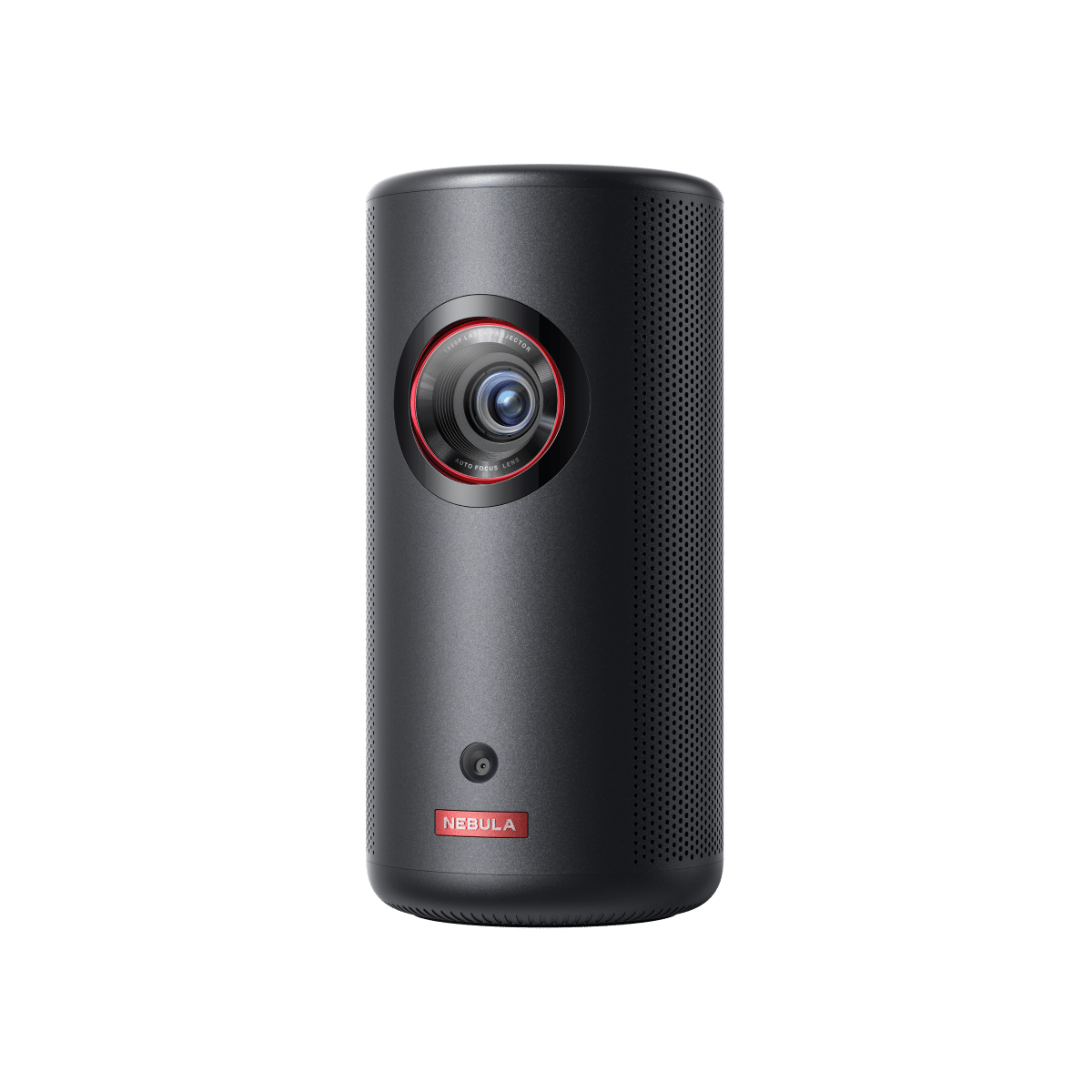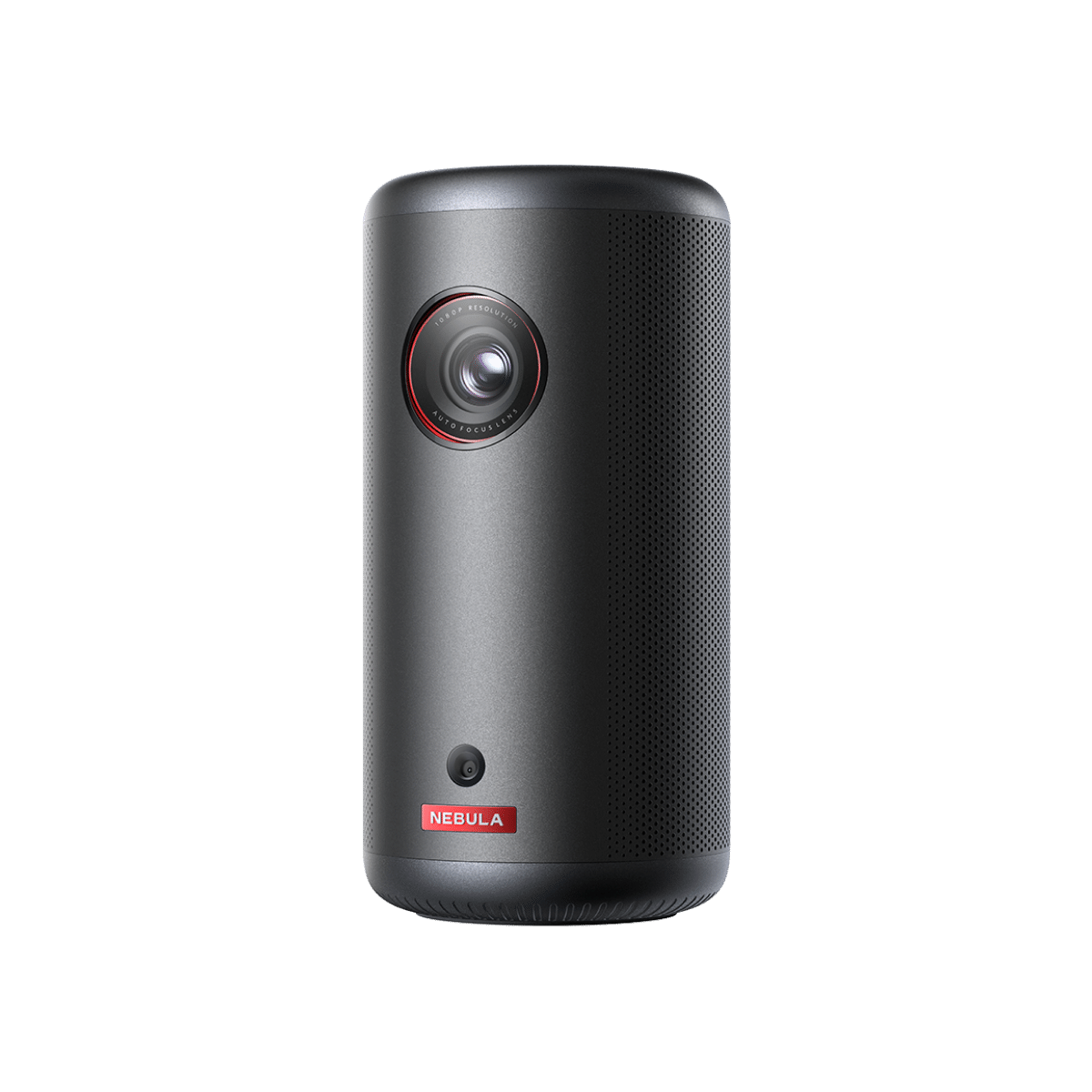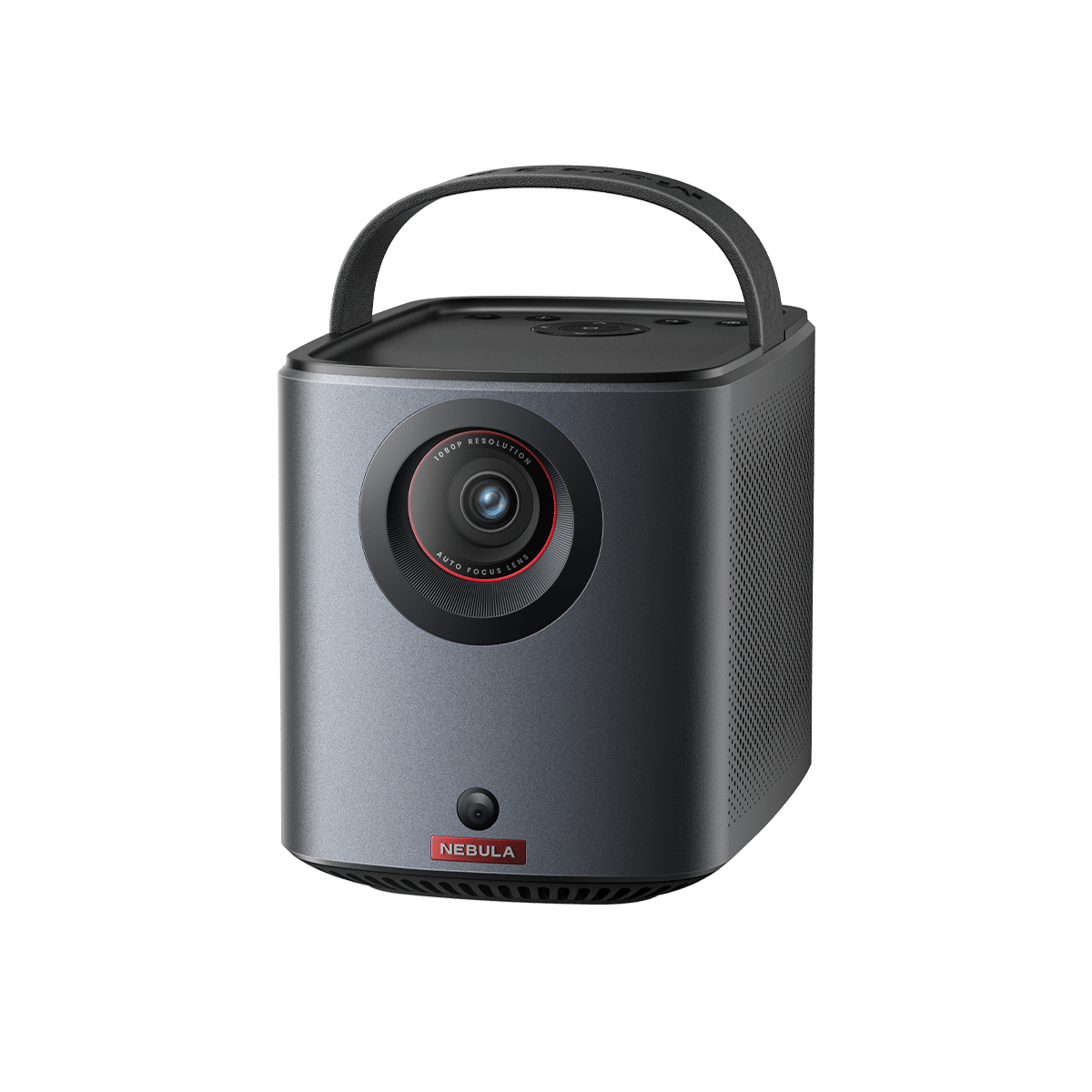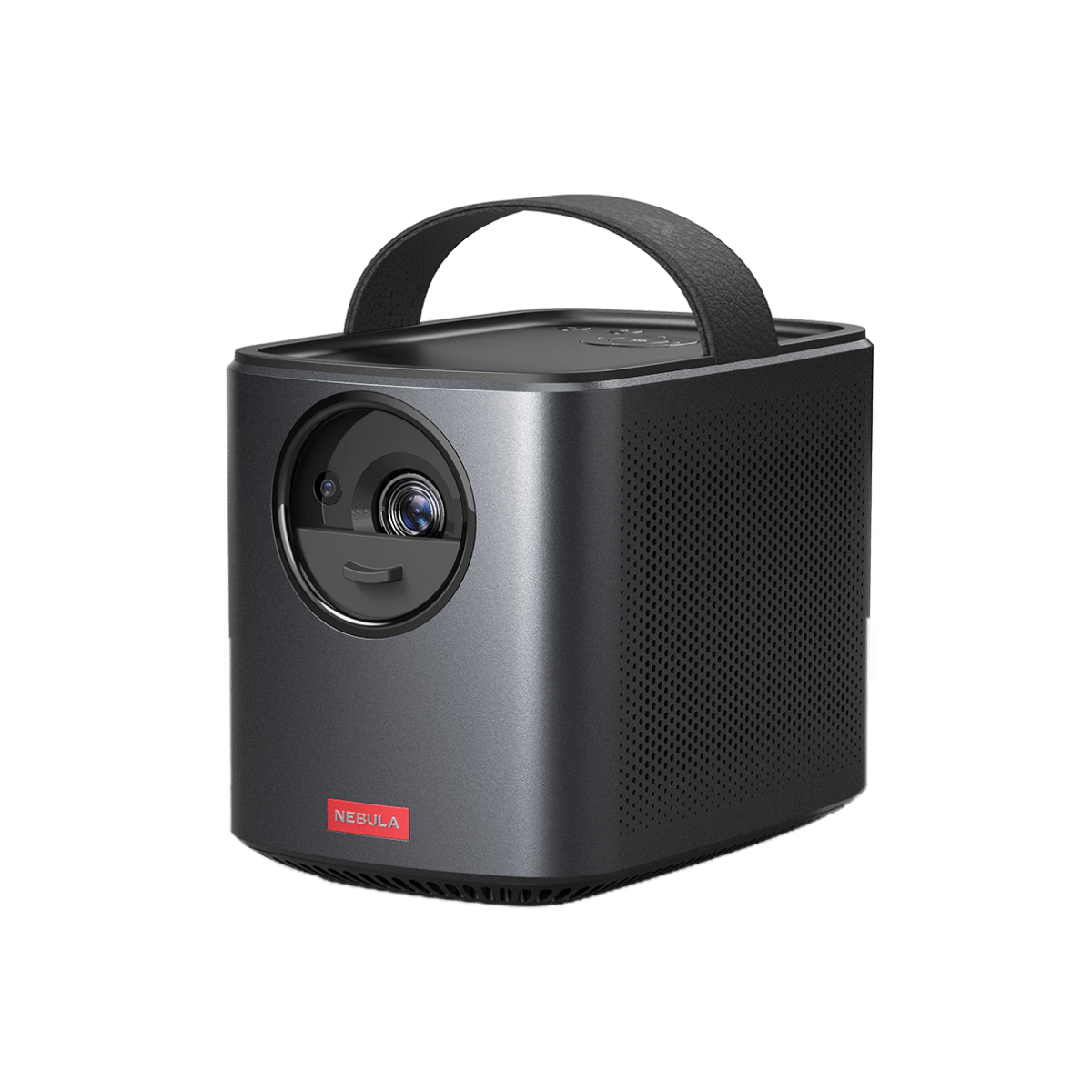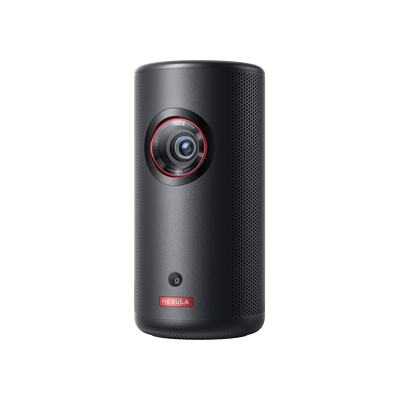In the dynamic world of presentations and education, projectors have become indispensable tools. Picture this scenario: you're all set to deliver a presentation, and suddenly, the projector refuses to display anything. What could be the culprit behind this inconvenience, and how can you resolve the projector display problems promptly?
In this comprehensive article, we will delve into the most common reasons why is my projector not displaying and performing as expected and equip you with detailed, effective solutions to get your projector back on the path to optimal performance.
Why Is My Projector Not Displaying and How to Fix Projector Display Problems
Several general reasons can cause your Nebula Capsule projector to not display correctly for work or entertainment. These issues can encompass various aspects of the projector, its setup, or the devices it's connected to. Here are some general reasons why a projector might not display:
1. Improper Data Connection
One of the primary culprits for your PC on but no display on the projector lies in an improper data connection. A seamless link between your source device and the projector is paramount. It's essential to ensure that you're using the correct connection and adapter for your PC. Whether employing a VGA, DVI, or HDMI cable, choosing the right one is crucial. If issues persist, consider experimenting with different outlets. For those venturing into the realm of wireless connectivity, troubleshooting this aspect is equally pivotal.
Solution: To resolve this problem, follow these steps:
- Thoroughly inspect all cables and connections of your projector connected but not displaying for any looseness or damage. Reconnect or replace any problematic cables as necessary.
- Confirm that the chosen cable and adapter are compatible and functioning.
- If using wireless connectivity, ensure a stable connection and troubleshoot any signal interference.
2. The Broken Lamp
The projector's lamp, akin to the heart of the visual spectacle, can be a silent culprit if not functioning optimally. If your projector fails to showcase the full screen or exhibits anomalies, a malfunctioning lamp is a likely suspect.
Solution: To address this projector display problem, follow these steps:
- Examine the indicator lights on the projector not displaying any screen for any signals related to the lamp.If there are indications of a malfunctioning or aging lamp, consult a professional for replacement.
- If the lamp is near the end of its life, replace it with a compatible lamp according to the manufacturer's recommendations. This ensures optimal performance and brightness for your projector.
3. Wrong Display Mode
Issue: The correct display mode acts as the conduit between your laptop and a new projector. When misconfigured, display modes can thwart the intended projection. So it's imperative to ensure that the display mode on your laptop aligns seamlessly with the projector.
Solution: Correcting this issue involves the following:
- Access the display settings on your laptop not displaying on projectors and confirm the appropriate display mode.
- Leverage function keys, such as "Fn" in conjunction with the corresponding F-key on the top row to toggle between diverse display modes, and ensure compatibility with the projector.
4. Projector Problems
At times, the projector itself may be at the crux of display issues, manifesting as shaky video or intermittent displays and requiring a careful inspection and professional replacement or repair.
Solution: In cases of internal projector issues like projector image problems, consider the following steps:
- Scrutinizing the projector settings becomes imperative to ensure the accurate selection of input sources and resolutions.
- Utilize the on-screen display options provided by the projector to fine-tune input settings and make necessary resolution adjustments.
- Explore any available self-testing procedures recommended by the projector manufacturer to identify and rectify malfunctions.
5. Operating System Settings
Often overlooked, your operating system's settings play a pivotal role in ensuring the seamless operation of your projector. Incorrect or incompatible operating system settings on your computer can affect the projector's display output.
Solution: Correcting this issue involves these actions:
- Navigate to Control Panel > Display (Windows) or System Preferences > Display (Mac OS) to check whether your Windows, Mac, or Chromebook not displaying on projectors is using a second screen or display.
- If you're using dual monitors, consider relocating the video application when expanding the desktop. For example, configure the operating system to recognize and utilize a second display or screen.
- Adjust settings to accommodate the projector's resolution and ensure compatibility with the connected projector.
6. Software Settings
The software serving as the conduit for your content may harbor settings impacting projector performance. Incorrect software settings or driver problems can interfere with your projector's display especially when dealing with Apple products like an iPad not displaying on projectors.
Solution: To resolve this issue, follow these steps:
- Inspect settings within the software application for options related to multiple monitors.
- Update or reinstall the necessary drivers for your projector and graphics card, ensuring they are compatible with your operating system.
- Verify that the software settings align with the requirements of your projection setup.
Apart from these common issues, you may also find power issues, lens caps, overheating, and more that can also result in a projector not displaying. By thoroughly inspecting and addressing these problems and applying the provided solutions, you can effectively resolve most projector display problems. However, in cases of persistent or complex issues, don't hesitate to seek professional assistance for a comprehensive diagnosis and repair.
Conclusion
Now you know why is my projector not displaying. In the labyrinth of projector troubleshooting, each potential glitch demands a meticulous and systematic approach. From scrutinizing data connections to updating software, every step in this journey plays a vital role. Armed with this comprehensive knowledge, you'll be well-prepared to resurrect your projector's display functionality. So next time your projector decides to play hide-and-seek with your content, use these techniques to be a master of the unveiling. The stage is set; let the show begin!
FAQ
Why Is My Projector Not Displaying HDMI?
If your projector isn't displaying HDMI, ensure that the HDMI cable and HDMI port on both the projector and the source device are in good condition. Check the projector's input source settings and make sure it's set to the correct HDMI input. Try using a different HDMI cable or port if the issue persists.
Why Is My Projector Lamp on But No Picture?
If your projector lamp is on but there's no picture, it's likely due to a faulty lamp or internal projector issue. First, check if the lamp is properly seated and not damaged. If the lamp seems fine, consider internal projector problems, and contact a professional for diagnosis and potential repair.
Can HDMI Cause a Black Screen?
Yes, HDMI issues can result in a black screen. Ensure that the HDMI cable, source device, and projector are all functioning correctly. Try a different HDMI cable and port. Additionally, make sure that the source device is actively sending a signal. If the issue persists, investigate possible driver or software problems on your source device.
